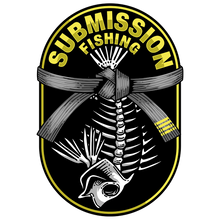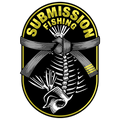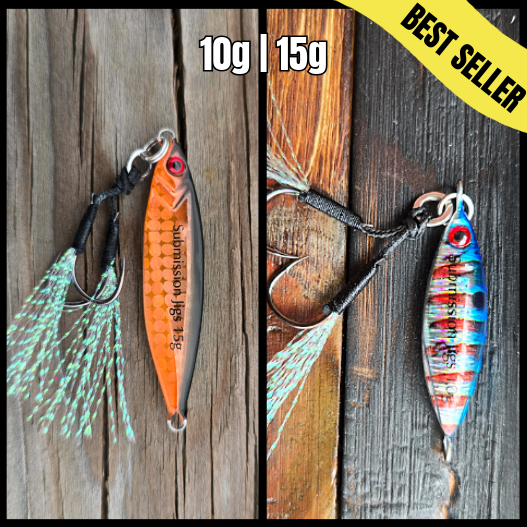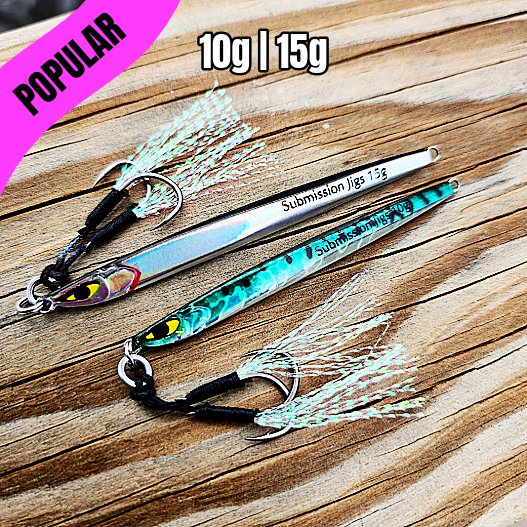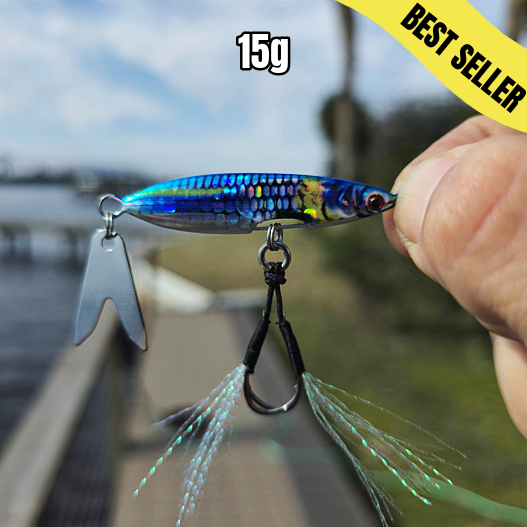Top 5 Tips for Using Slow Pitch Jigging to Catch Pelagic Fish Offshore
Offshore fishing isn’t about luck—it’s about knowing how to fish smart when the bite gets tough. If you’re chasing tuna, mahi, kingfish, or any other pelagic predator, slow pitch jigging can be the edge that puts meat in your cooler when everyone else is just out for a boat ride.
Here are 5 battle-tested tips to help you use slow pitch jigs to your advantage and come home victorious.
1. Match Jig Weight to Depth and Current
The goal is to use the lightest jig possible that still gets down and stays down. The lighter the jig, the more lifelike and erratic its flutter—and that’s what gets the bite. If you're fishing 200 feet of water in heavy current, you might need a 250g jig to punch through. But in calm conditions, drop to a 100g or 150g for a more enticing fall.
Our Samurai, New Javelin, and Ogre jigs come in a wide range of weights for exactly this reason—match the conditions, not just the depth.
2. Keep Your Jig Vertical
This is everything. Slow pitch jigs are designed to fall and flutter vertically. If your line's scoping out too far behind the boat, you're just dragging lead.
To keep things vertical:
-
Point the bow into the current.
-
Cast slightly ahead of the drift.
-
Let the jig fall straight down.
This keeps your jig in the strike zone longer and lets that slow, wounded baitfish action do what it does best—trigger aggressive reaction bites.
3. Use Gear That’s Actually Built for the Technique
We say it all the time: “Don’t bring a noodle to a sword fight.” You need a proper slow pitch setup.
That means:
-
A rod with a soft tip that can load and release for the pitch.
-
A high-ratio reel that recovers line quickly.
-
PE braided line (super thin, super sensitive) for minimal drag.
-
A fluorocarbon or mono-filament (I prefer mono) leader to keep things stealthy around sharp-eyed pelagics.
This combo lets you feel every tap, flutter, and hit, while giving you the power to control the jig and fight the fish.
4. Master the Cadence
You’re not jigging like a maniac. You’re pitching—methodically, rhythmically.
Here’s the move:
-
A quarter to half crank of the reel loads the rod tip.
-
Then pause.
-
Let the jig flutter back down on slack line.
Most bites happen on that fall—when the jig looks like a dying baitfish, falling helpless through the water column. Keep your rod low and your movements clean. Let the action happen in the jig, not the rod.
5. Fish Where the Fish Are
Seems obvious, right? But you’d be surprised how many people just blindly drop.
Use your sonar to locate bait balls, suspended marks, or structure where fish might be holding. Drop your jig just below the fish, then work it back through them. Pelagics like tuna, king mackerel, and mahi are often mid-water or hovering near thermoclines, so don’t waste time bouncing bottom unless you’re targeting rockfish or grouper.
Slow pitch jigging shines in these scenarios—giving you control in the water column and the ability to stay in the bite zone longer.
Final Thought: Offshore Fishing Is a Fight. Make Sure You’re Armed for It.
Slow pitch jigging isn’t passive. It’s not “set it and forget it.” It’s an active technique—one that rewards finesse, patience, and the right gear.
At Submission Fishing Co., we built our lineup of big jigs—from 80g to 600g—to handle these exact situations. Our jigs are center-weighted, glow-ready, and made with durable construction and lifelike action that gets bit when other gear just… doesn’t.
So next time you head offshore, don’t leave the results up to chance. Bring the gear that lets you create the bite.
